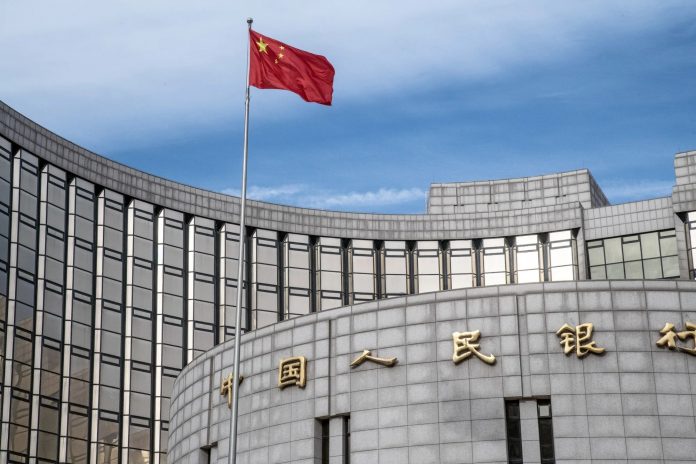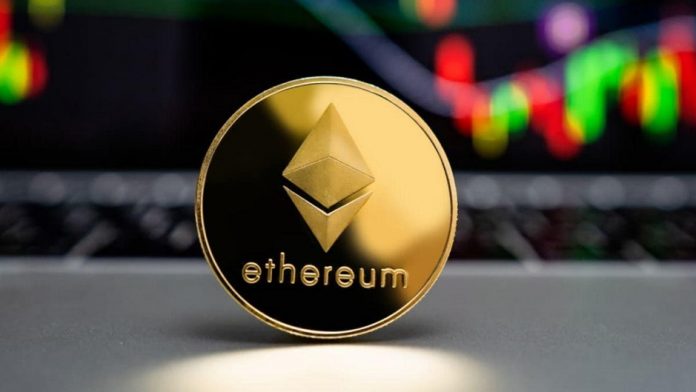Elon Musk has unveiled an early version of Grokipedia, an artificial intelligence–driven encyclopedia built on his xAI’s large language model, Grok.
The launch, which took place on Monday, was marked by a temporary website crash due to heavy traffic before the platform came back online later in the day.
Musk, who leads Tesla, SpaceX, and xAI, has promoted Grokipedia as a superior and less “biased” alternative to the long-established, volunteer-written Wikipedia. The new service, which Musk said is currently at “version 0.1,” is designed to generate articles using AI rather than human editors. He promised that “version 1.0 will be 10X better,” claiming that even its current version “already outperforms Wikipedia.”
The billionaire’s push into the AI encyclopedia space follows a suggestion from tech investor and U.S. presidential aide David Sacks, who now serves as President Donald Trump’s AI and crypto czar.
Musk’s creation of Grokipedia marks another extension of his ongoing campaign against what he calls “woke bias” in mainstream media and digital platforms. He has repeatedly accused Wikipedia of promoting political and cultural bias, criticizing it for relying on what he calls “left-leaning sources” such as The New York Times and NPR.
Grokipedia’s interface is minimalist — a dark-themed homepage with a search bar and a counter showing over 885,000 AI-generated articles. While it mirrors Wikipedia’s format, it is far smaller in scale compared to Wikipedia’s 7 million English-language articles maintained by millions of volunteer editors.
Yet, despite Musk’s framing of Grokipedia as a rival, early users and observers noticed that the new AI platform frequently cites Wikipedia as one of its main data sources. This paradox — promoting itself as a Wikipedia replacement while drawing from Wikipedia’s database — has fueled debate over whether Grokipedia is innovating or merely repackaging open data.
Wikimedia Responds: “Knowledge Must Remain Human”
In a statement to CNBC, a spokesperson for the Wikimedia Foundation, which operates Wikipedia, said the organization was “still assessing how Grokipedia works.” The spokesperson added that “alternative encyclopedias have appeared before without undermining Wikipedia’s mission.”
They also underscored Wikipedia’s unique advantage: “Wikipedia’s knowledge is — and always will be — human. Through open collaboration and consensus, people from all backgrounds build a neutral, living record of human understanding.”
The statement added that AI companies, including Musk’s xAI, “rely on Wikipedia’s open data to generate content; even Grokipedia needs Wikipedia to exist.”
Wikipedia co-founder Jimmy Wales echoed similar sentiments in an interview with The Washington Post, saying he did not expect Grokipedia to meet its lofty claims because “AI language models simply aren’t accurate enough yet — there will be a lot of errors.”
On the other hand, Larry Sanger, Wikipedia’s other co-founder, who left the platform in 2002 after disagreements over editorial direction, has long supported alternatives to Wikipedia. But following Grokipedia’s debut, Sanger posted a detailed thread highlighting factual errors about himself found on the AI-generated site, suggesting even skeptics of Wikipedia’s current structure are not entirely sold on Musk’s version.
A Broader Push for AI-Created Knowledge
The launch of Grokipedia comes amid Musk’s effort to weave AI more deeply into his business empire. His AI model, Grok, has already been integrated into the social media platform X (formerly Twitter), providing users with an AI assistant that he describes as “humorous, insightful, and politically neutral.”
Musk has marketed Grok — and now Grokipedia — as “anti-woke” alternatives to OpenAI’s ChatGPT and other mainstream AI products, which he claims are trained to censor controversial viewpoints. However, xAI’s reliance on existing public data sources like Wikipedia and news outlets means Grokipedia’s promise of “unbiased knowledge” may be difficult to realize in practice.
Grokipedia’s emergence is believed to signal Musk’s ambition to turn xAI into an ecosystem of autonomous information tools that could eventually rival both traditional media and AI-based knowledge systems.
The Challenge of Replacing Human Collaboration with AI
While Grokipedia’s debut grabbed attention, its long-term viability may hinge on the balance between speed and credibility. AI-generated encyclopedic content offers massive scale, potentially producing millions of entries at low cost, but lacks the human oversight and editorial debate that have helped Wikipedia build trust over two decades.
The project also deepens the growing competition between AI-powered knowledge systems — from OpenAI’s retrieval-based ChatGPT tools to Google’s search-integrated Gemini.
In the end, Grokipedia’s biggest test may not be whether it can generate millions of articles, but whether it can win the same trust that Wikipedia has earned — not through algorithms, but through the collective work of human editors.






